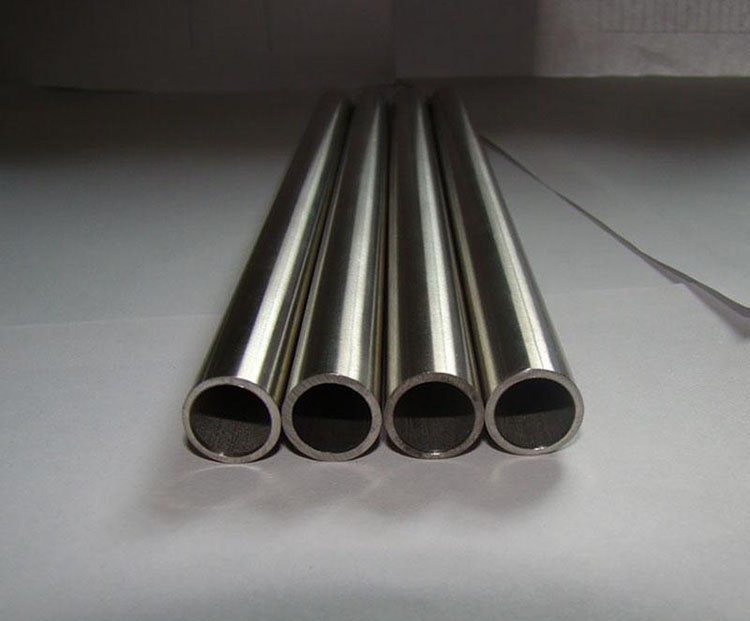If the 201 stainless steel stays in the acid solution for too long, the phenomenon of the 201 stainless steel surface slowly becoming rough and pockmarked under the action of the acid solution is called pickling. The elongation of the pickled strip is greatly reduced, and in the rolling process, it is easy to break and fracture, and lead to roll adhesion. Pickled strip can not become a finished product in time to use after rolling, because its mechanical properties are greatly pointed low.

The reason for pickling is the interruption of the continuous operation of the unit, so that the pickling loses continuity, or the processing time is too long due to the strip breakage. The prevention method is to work closely with the operation of the entire unit to ensure normal production. After pickling the stainless steel strip, its surface is not washed off the residual iron oxide oxide is called pickling. Less pickled stainless steel strip, the light will be darkened or faceted after rolling. In severe cases, the iron oxide oxide will be pressed into the plate and show black spots. In addition, the iron oxide oxide has poor elongation, so the stainless steel will have wavy or buckling defects after rolling due to uneven elongation. Sometimes the iron oxide oxide will firmly adhere to the roll surface, which will directly lead to an increase in rolling scrap.
